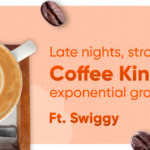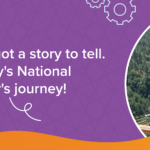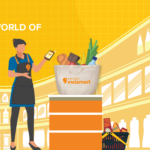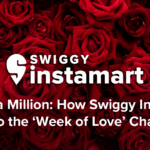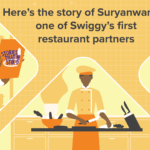Starbucks is more than just a coffeehouse; it’s a cultural phenomenon that has redefined how people perceive and consume coffee. What started as a small coffee shop in Seattle has become a global brand synonymous with premium coffee and unique customer experiences. Starbucks has elevated coffee drinking from a mere morning ritual to an enjoyable experience. The company’s commitment to quality, innovation, and community engagement has made it a revolutionary force in the coffee industry.
The motive of this blog is to shed some light on the history of Starbucks- from the time it emerged as a small coffee shop to becoming a world-renowned coffee-trade giant that has made itself an icon.
Starbucks’ Humble Beginnings: Brewing Success from Seattle
The Starbucks origin story began in 1971 in Seattle, Washington, when three friends—Jerry Baldwin, Zev Siegl, and Gordon Bowker—opened the first Starbucks store. The original concept was simple: sell high-quality coffee beans and equipment, inspired by the founders’ love for premium coffee and the European café culture.
The name “Starbucks” was inspired by the character Starbucks from Moby-Dick, reflecting the founders’ fascination with maritime traditions. Their logo, depicting a twin-tailed mermaid, symbolized the allure of coffee.
In 1981, Howard Schultz visited the store and fell in love with the quality of coffee and the concept. In 1982, Schultz Joined the company as Director in charge of retail operations and marketing.
Schultz’s visit to Italy in 1983, where he experienced the vibrant café culture, planted the seed for his vision of Starbucks as a place where people could gather, connect, and enjoy coffee.
While the founders focused on selling beans, Schultz envisioned Starbucks as a coffeehouse that served freshly brewed coffee, offering an immersive coffee experience which became a turning point in the history of Starbucks. In 1987, Schultz acquired Starbucks and merged it with his coffee venture, Il Giornale, to transform it into the coffee empire we know today.
Starbucks Founder: Brewing the Vision for Starbucks’ Global Empire
Howard Schultz’s leadership was pivotal in shaping Starbucks into a globally recognized brand. As a Starbucks founder, his vision was not just to sell coffee but to create a “third place” between home and work—a space where people could relax, socialize, and feel a sense of community.
Schultz made sure that coffee wasn’t just treated as a beverage anymore. Hence, a lot of emphasis was laid on educating the customers. The staff was also well-trained regarding the roasting techniques, the kinds of milk used, temperature roles, etc. This entire experience was fascinating for the client, who no longer needed to simply go and consume what was available but could get a customized order.
The Bold Expansion: Starbucks’ Path to Global Success
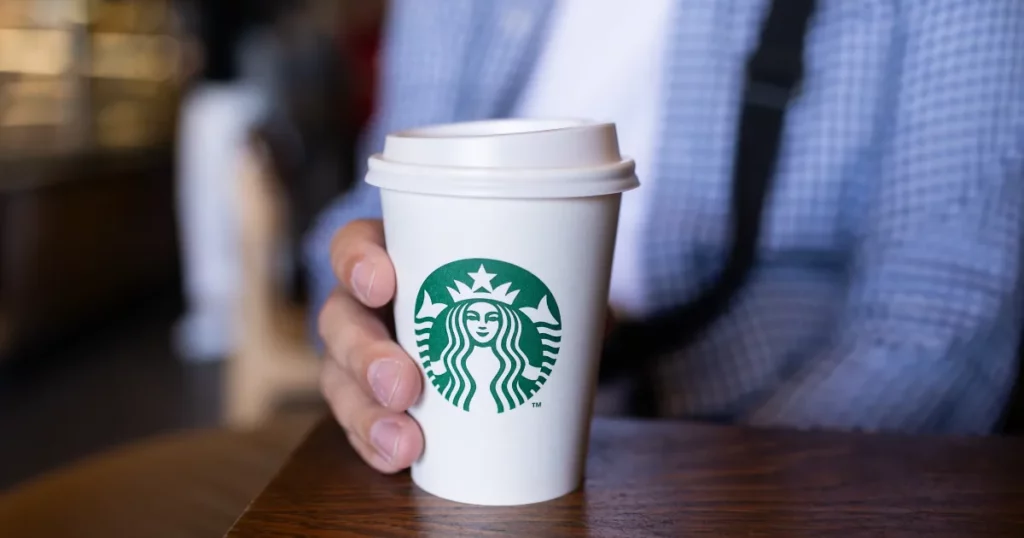
What began as a single store in Seattle soon became a worldwide coffee empire. Let’s take a brief look at the story of Starbucks.
1987: The Transformation Begins
After acquiring Starbucks, Schultz opened several new locations in Seattle and other parts of the U.S. By the end of the 1980s, Starbucks had become a household name known for its premium coffee, inviting ambiance, and innovative business model.
1990s: Starbucks Goes Global
In the 1990s Starbucks experienced a growth surge. It was in 1996 that the first store out of the American borders materialized in Tokyo, Japan, a push that nurtured the expansion worldwide. The company quickly adapted to local markets, introducing menu items and flavors that catered to regional tastes while maintaining its core values.
By the end of the decade, Starbucks had a presence in North America, Europe, and Asia, with hundreds of stores worldwide. The company’s success was fueled by its ability to balance consistency and localization, offering a familiar experience with a touch of cultural relevance.
2000s: Cultural Icon
In the 2000s, Starbucks solidified its status as a cultural icon. It introduced popular beverages like the Frappuccino, seasonal favorites like the Pumpkin Spice Latte, and food items that complemented its coffee offerings.
The brand used technology and innovation judiciously. Mobile Applications, packaged bottles, takeaway tetra packs, and merchandise all added to the popularity. Even today, the keychains, mugs, and other such accessories from Starbucks are not just great to have but are a status symbol, especially among youth. Even after years of existence, the GenZ of today relates to it.
The Legacy of Starbucks: A Brand That Continues to Brew Innovation
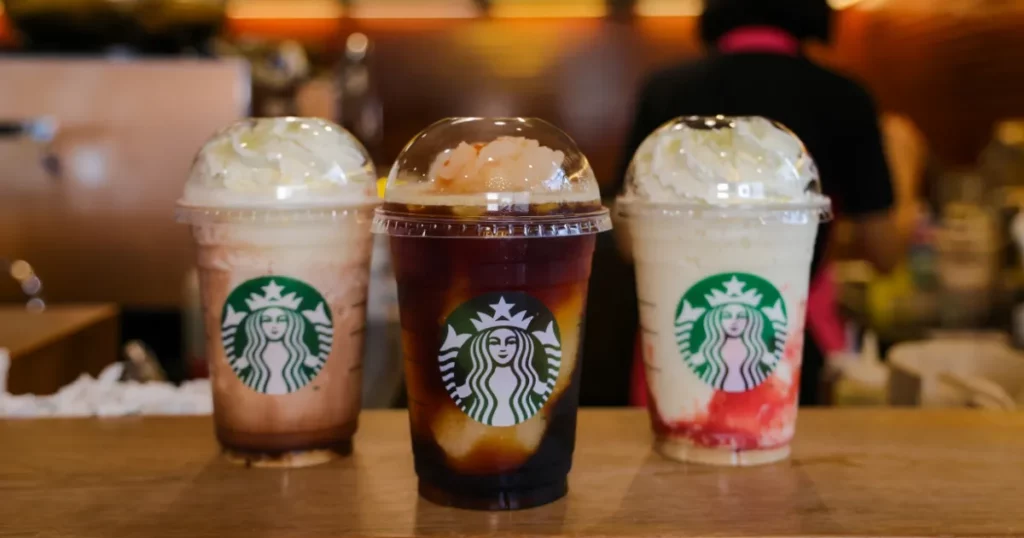
Among other factors, Starbucks’ success results from its capacity to evolve while at the same time sticking close to its fundamentals. Lately, Starbucks has made some strides in its environmental footprint. This is demonstrated through measures such as reusable cups, eco-friendly stores, and ethical procurement practices for coffee beans in the ever-growing pursuit of sustainability.
Starbucks has also embraced digital transformation and delivers loyalty-led personalized customer experiences through its mobile app. Starbucks Reserve Roasteries in major metropolises bring elevated coffee experiences to life, showcasing the art and science of coffee.
Looking ahead, Starbucks continues to explore new opportunities, from plant-based menu options to collaborations with local artisans. Its commitment to innovation ensures that Starbucks remains a leader in the coffee industry.
Experience the Best of Starbucks – Order Now via Swiggy or Visit with Swiggy Dineout!
Craving your favorite beverage? Search “coffee restaurants near me,” or if you wish to have something of international quality, order from Starbucks online. Enjoy the convenience of ordering from Starbucks through Swiggy and delivering your coffee to your doorstep. Whatever your preference, Starbucks and Swiggy ensure your coffee moments are always delightful.
Conclusion
From its modest beginnings in Seattle to the legendary example of the global coffeehouse, the story of Starbucks is a short account of leadership, reform, and adventure. Howard Schultz has made his brain stimulation come alive by providing a “third place” for millions and turning Starbucks into more than just a coffeehouse. The brand is imbued with the threads of human unity and community.
Even today, the brand is associated with quality, luxury, and taste. This has stood the test of time, unlike most brands, which pop up and pass by. In fact, the brand is passing the test with flying colors. Whenever “good” coffee is mentioned, the brand strikes the mind of all.
FAQ
1. What makes Starbucks different from other coffee shops?
Starbucks stands out for its focus on creating a unique customer experience, high-quality coffee, and a sense of community.
2. As per the story of Starbucks, how did it expand globally?
From Starbucks origin to its expansion by adapting to local cultures while maintaining its core values. The company started its first international store in Tokyo in 1996 and has grown to thousands of locations worldwide, offering a consistent yet localized experience.
3. What was the original concept of Starbucks?
Starbucks’s original concept was to sell high-quality coffee beans and equipment inspired by European café culture. It wasn’t until Howard Schultz acquired the company that Starbucks began focusing on serving freshly brewed coffee and creating an immersive coffeehouse experience.
Author Bio
Satisfying your cravings, one bite at a time. Discover the best eats, trends, and uncover the hidden gems with us to make your online ordering or dining experience a memorable one.





